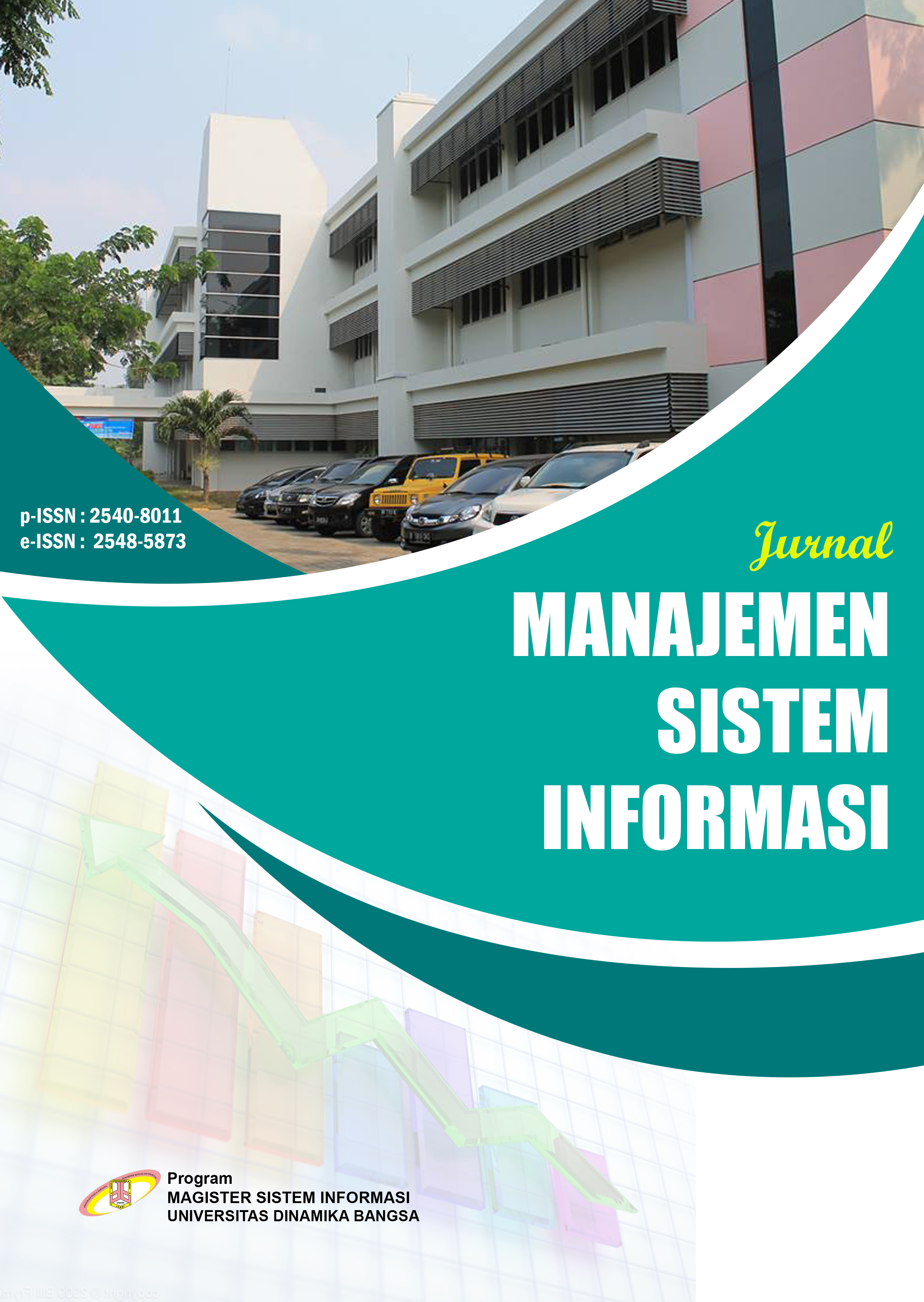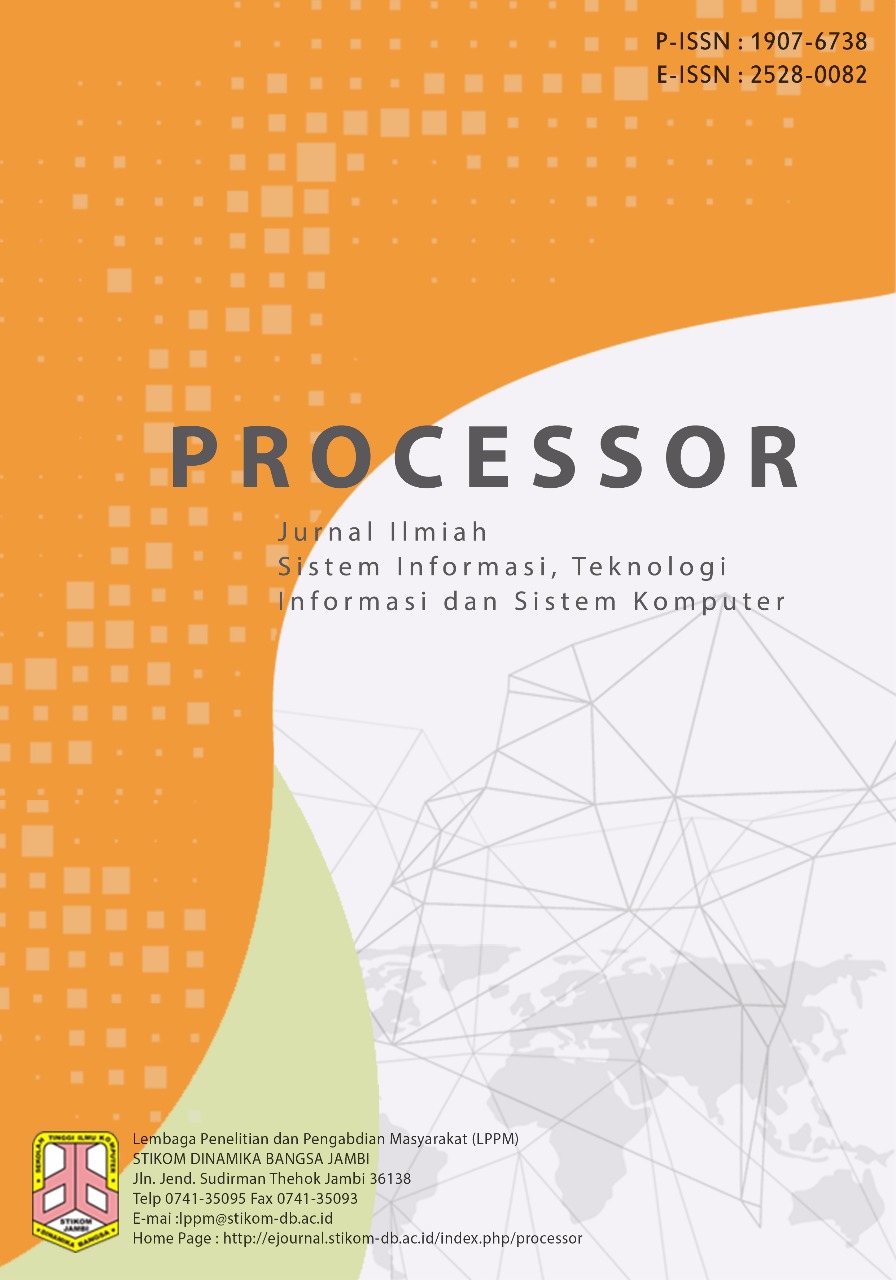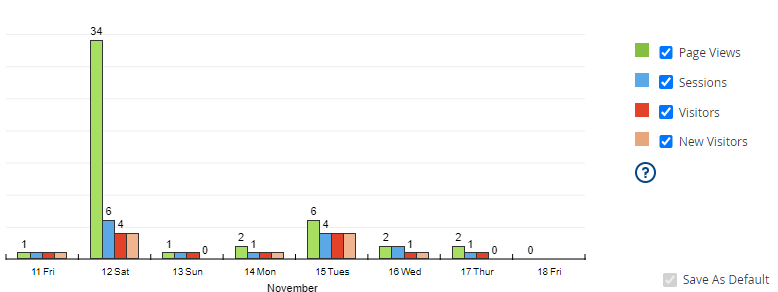Sistem Informasi Inventarisasi Barang Pada SMA Negeri 12 Kota Jambi
DOI:
https://doi.org/10.33998/jurnalmsi.2024.9.1.1699Kata Kunci:
Information System, Inventory, Prototype, UML, WaterfallAbstrak
Information technology is also inseparable from the management process, this is because almost every
management decision always requires information technology support including one in asset
management, in the field of management, an asset management information system is offered with the
aim of facilitating the management of the assets themselves so that they can be produce reliable, relevant,
timely, tested and understandable information data. Inventory is a list of all the facilities in all sections.
From the results of the analysis that the author did at SMA Negeri 12 Jambi City on the inventory
information system currently running, there are several problems that occur, such as frequent duplication
when collecting inventory data, difficulties in searching for item data because the data is not well
integrated. So that it is easy for data loss to occur and the length of time for making the desired inventory
report. This study aims to analyze and design an information system for inventorying goods at SMA
Negeri 12 Jambi City. The method used in this study is the waterfall method. The design of this
information system produces prototypes using the Unified Modeling Language programming language.
The designed information system can simplify the process of inputting inventory data for SMA Negeri 12
Kota Jambi.
Unduhan
Referensi
A. Dennis, Systems Analysis and Design 5, vol. Fifth Edit, 2015.
A.S Rosa & Shalahuddin M. 2016. Rekayasa Perangkat Lunak Terstruktur dan Berorientasi
Objek. Bandung : Informatika Bandung.
Bass, Len; Clements, Paul, & Kazman Rick. 2015. Software Architecture in Practice, 4th Edition.
America: Pearson Education.
Bhuvan Unhelkar, Software Engineering with UML by Bhuvan Unhelkar, vol. ققثق ث, no. .ثقثقثق ثق
DennisAlan. et al, 2015. System Analysis &Design A n O bject -O riented Approach with UML.
Edisi 5. Indiana : Wiley Publishin
E. Hafniyuswinda, D. M. Sari, and F. M. Amanda, “Perancangan Sistem Informasi Inventaris
Barang BMN BPKH Berbasis Web,” J. Comput. Sci. Informatics Eng., vol. 7, pp. 87–96, 2022,
ISSN: 2528-0082 152
MANAJEMEN SISTEM INFORMASI Vol. 9, No.1, Maret 2024
doi: 10.55537/cosie.v1i2.57.
Kendall, Kenneth E; & Kendall, Julie E. 2014. System Analysis and Design, E Edition. USA :
Pearson Education, Inc., publishing as Prentice
K. Schwab, The Fourth Industrial Revolution. 2016.
Kenneth C. Laudon & Jane P. Laudon, Essentials of Management Information System 10 Edition.
Muller, Max. Essential of inventory management. 2003. American Management
Association:Amacom
N. Oktaviani and I. Made Widiarta, “Pada Smp Negeri 1 Buer,” J. JINTEKS, vol. 1, no. 2, pp.
–168, 2019.
V. M. M. Siregar, “Perancangan Sistem Informasi Inventaris Barang Pada Sekolah SMA Negeri 4
Pematangsiantar,” It J. Res. Dev., vol. 3, no. 1, pp. 54–61, 2018, doi:
25299/itjrd.2018.vol3(1).1899.
J. Broad, “System Development Life Cycle (SDLC),” Risk Manag. Framew., pp. 39–45, 2013,
doi: 10.1016/b978-1-59749-995-8.00005-3.
P. Wallace, Introduction To Information Systems. 2015.
Pressman Roger.S. 2020. Software Engineering : A Practitioner’s Approach, Seventh Edition.
New York : McGraw-Hill
S. Tilley and H. Rosenblatt, Systems Analysis and Design, Eleventh Edition. 2020.
Stair, M Ralph; & Reynolds W George. 2016. Fundamentals of Information Systems. USA:
Cengage Learning Publishing.
Stair Ralph M & Reynolds George W. 2018. Principles Of Information Systems. Canada :
Cengage Learning.

















